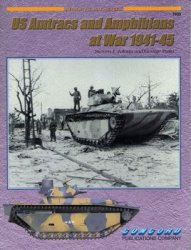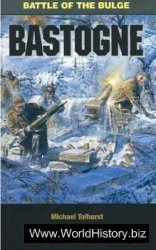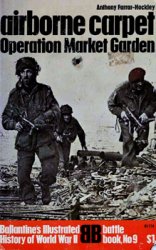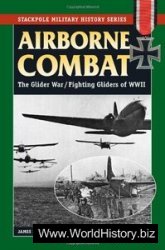As the major excavations of the 1920s proceeded, so were many aspects of life in the city and the appearance of its inhabitants illuminated. Marshall made the point that two major rivers then flowed where now there is only the Indus and that the area was therefore better watered. He noted that the wheat remains were similar to that grown in the region today and that the inhabitants ate bread and the meat of cattle, pigs, and sheep, and a large quantity of freshwater fish and dried sea fish. There were two varieties of dog, one of which was very large and probably used in hunting tiger, rhinoceros, and elephant. The horses were relatively small. The excavation of individual houses provided glimpses of domestic life. Many spindle whorls, for example, were encountered. These were attached to a spindle to facilitate drawing out a thread from a mass of cotton and together with surviving fragments of cotton cloth show that spinning and weaving were undertaken in the home. The Greek and Babylonian words for cotton, sindon and sindhu, could indicate that cotton fabrics were also exported. The human figurines show that men wore a kilt and a shawl that covered the left shoulder but passed under the right armpit. They were bearded but did not have mustaches. Ornaments were very popular, particularly necklaces, earrings, bangles, and anklets. Gold, silver, ivory, faience, steatite, carnelian, and jadeite were used, and composite belts of gold and carnelian are the most impressive of all jewelry. Two silver vessels wrapped in cotton cloth and a copper vase were found in one of the domestic rooms. The former contained jewelry, the latter a copper ax and chisels. The jewelry included gold earrings, gold disks for placing in the ear lobes, three gold diadems, nearly 300 gold beads, beads of faience and silver, and many other gold components of hair ornaments and necklaces.




 World History
World History









